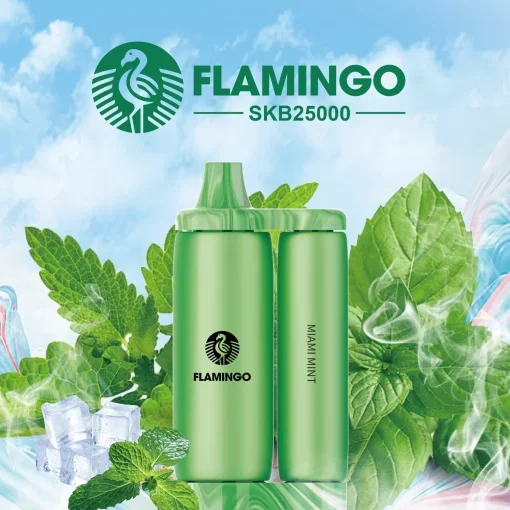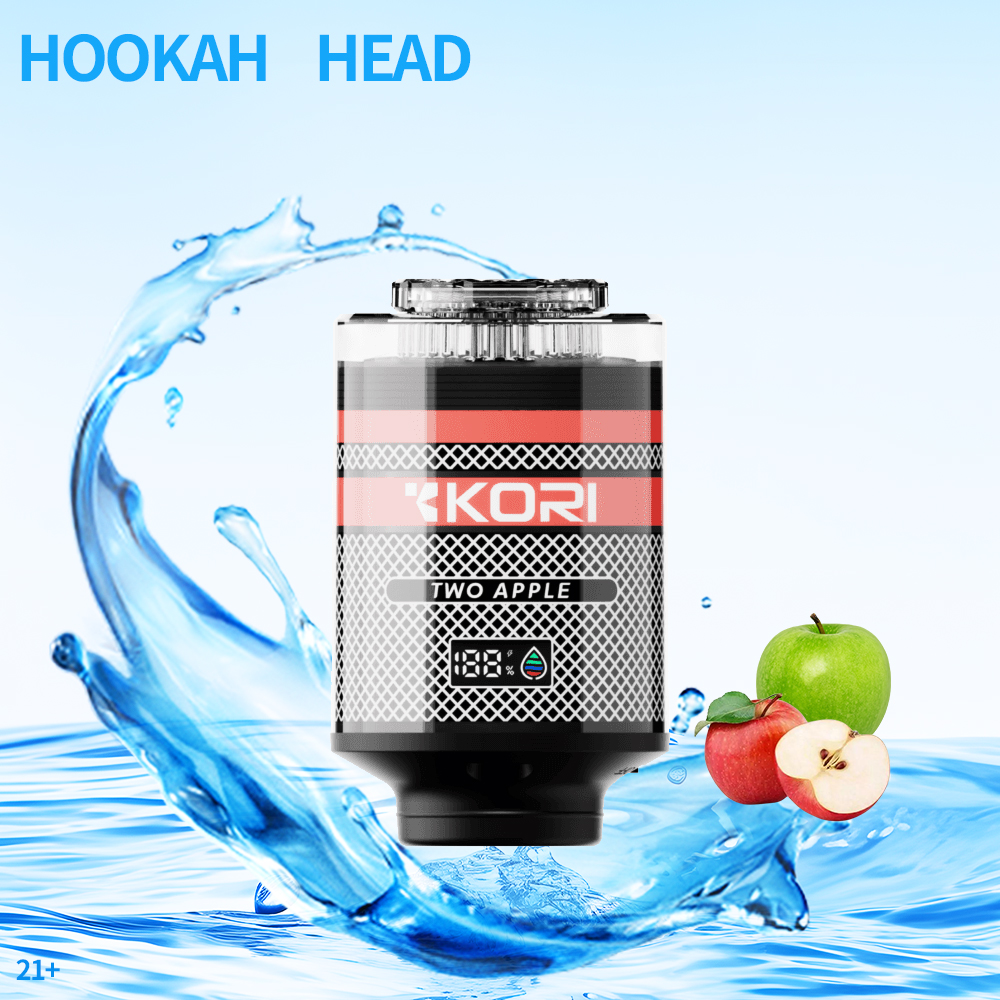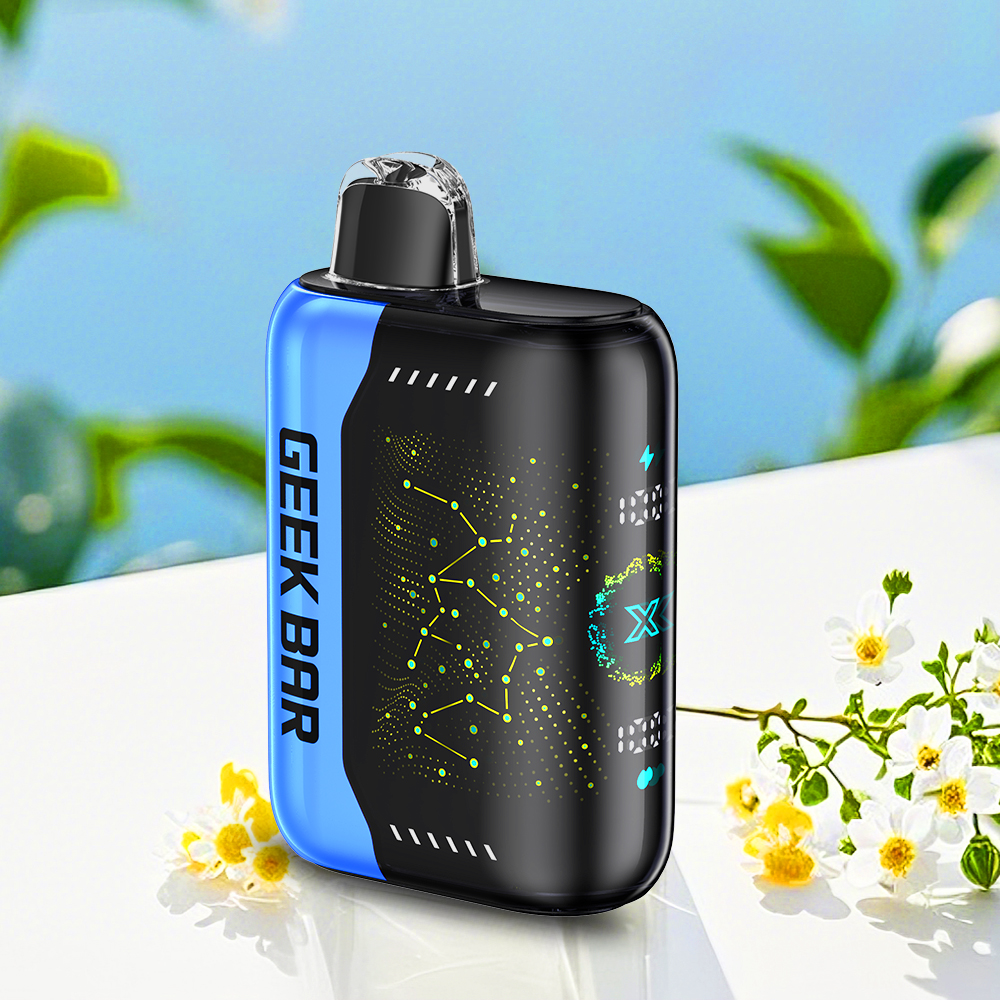The Rise of Vaping: A Comprehensive Guide to Vaping Culture and Trends
In recent years, vaping has surged in popularity, capturing the interest of both former smokers and newcomers alike. As public perception shifts and technology advances, the vaping culture continues to evolve, leading to an array of trends, products, and community dynamics. In this article, we will explore the world of vaping, its origins, key trends, health considerations, and the future of this burgeoning industry.
Understanding Vaping: A Brief Overview
Vaping is the act of inhaling vapor produced by an electronic device, known as an e-cigarette or vape pen. Unlike traditional cigarettes, which combust tobacco, vaping devices heat a liquid—commonly referred to as e-liquid or vape juice—containing nicotine, flavorings, and other chemicals. The water, propylene glycol, and vegetable glycerin are typically found in these mixtures. Understanding the technology behind vaping helps consumers make informed choices about their habits.
The Evolution of Vaping
The roots of vaping can be traced back to the early 2000s when the first e-cigarettes were introduced in China. These devices were initially marketed as a safer alternative to traditional smoking. Over time, vaping technology advanced significantly, with improvements in battery life, e-liquid formulation, and device design. Today, the market is flooded with a wide range of options—from compact pod systems to elaborate box mods—catering to diverse preferences and smoking habits.
Key Trends in Vaping Culture
Vaping culture is multifaceted, influenced by factors such as technological advancements, social dynamics, and marketing strategies. Some of the most notable trends include:
1. The Rise of Flavor Varieties
One of the defining characteristics of vaping is the availability of an array of flavor options. From fruity blends like strawberry kiwi to dessert-inspired flavors such as vanilla custard, the variety caters to a wide range of palates. The appeal of flavors has attracted both novice vapers and seasoned smokers seeking alternative experiences. However, flavor bans in some regions have sparked debates about consumer choice versus youth vaping prevention.
2. The Influence of Social Media
Social media has played a significant role in shaping vaping culture. Platforms like Instagram, TikTok, and YouTube serve as hubs for vape enthusiasts to share tricks, review products, and promote brands. Influencers and professional vapers often showcase their vaping skills, contributing to the community's growth. However, the visibility of vaping on social media has raised concerns regarding its portrayal and impacts on young audiences.
3. The Community Aspect
Vaping is often associated with a sense of community and camaraderie. Vape shops commonly host events, tastings, and competitions, bringing enthusiasts together. Many regions have established vape clubs where members share tips, tricks, and experiences. This sense of belonging contrasts sharply with the isolation often felt by traditional smokers and contributes to the appeal of the vaping lifestyle.
Health Considerations: Weighing the Options
As vaping continues to gain traction, it's crucial to examine the health implications associated with this practice. While many view vaping as a less harmful alternative to smoking, it is not without risks. Studies have shown that while vaping may expose users to fewer toxins than traditional cigarettes, it still carries potential health risks, especially regarding lung health.
Furthermore, the presence of nicotine in many e-liquids raises concerns about addiction, particularly among younger users. As the industry adapts to regulatory scrutiny, more research is necessary to understand the long-term health effects of vaping fully.
The Legal Landscape of Vaping
The legal environment surrounding vaping is constantly evolving. Many countries and regions are implementing regulations to address the rise of youth vaping and to ensure product safety. Age restrictions, product labeling requirements, and flavor bans are just a few of the measures in place to mitigate potential risks.
As a consumer, it's essential to stay informed about the current laws in your area regarding vaping products. Additionally, supporting local vape shops that prioritize compliance with regulations contributes positively to the industry’s reputation.
The Future of Vaping
Looking ahead, the vaping industry is poised for further growth and innovation. Companies are focusing on product quality, safety, and sustainability. With advancements in technology, we can anticipate smarter devices offering a more personalized vaping experience, such as temperature control and customizable vaping profiles.
Furthermore, the demand for nicotine-free products and organic ingredients is rising, addressing health-conscious consumers’ needs. As the vaping community becomes more informed about the health risks and benefits, the industry will likely continue to adapt to meet these demands.
Vaping and Its Impact on Lifestyle
Vaping is more than just a smoking alternative; it represents a lifestyle choice for many individuals. The community aspects, coupled with ongoing trends and technological innovations, foster a unique culture that resonates with a diversity of people. As the boundaries of vaping continue to expand, its influence on social interactions, aesthetic choices, and personal identity becomes increasingly evident.
Final Thoughts
In navigating the complex world of vaping, consumers must remain vigilant and well-informed. The vaping culture, with its evolving trends, health considerations, and vibrant communities, is a fascinating aspect of modern society. As we move forward, embracing responsible practices and understanding the implications of our choices will be key to a sustainable vaping future. Whether you're a seasoned vaper or just getting started, taking the time to educate yourself and engage with the community can enhance your experience while promoting a safer culture.





